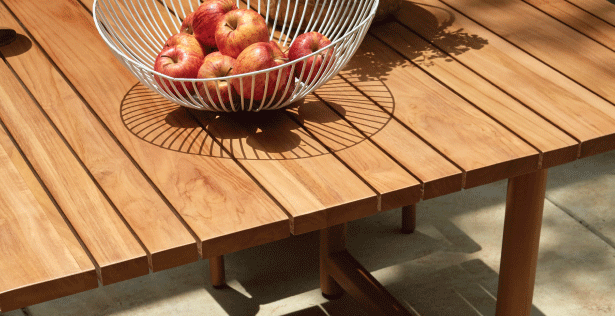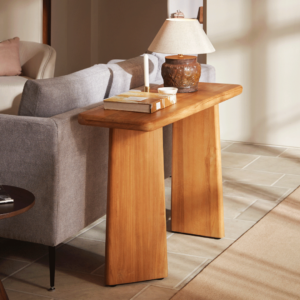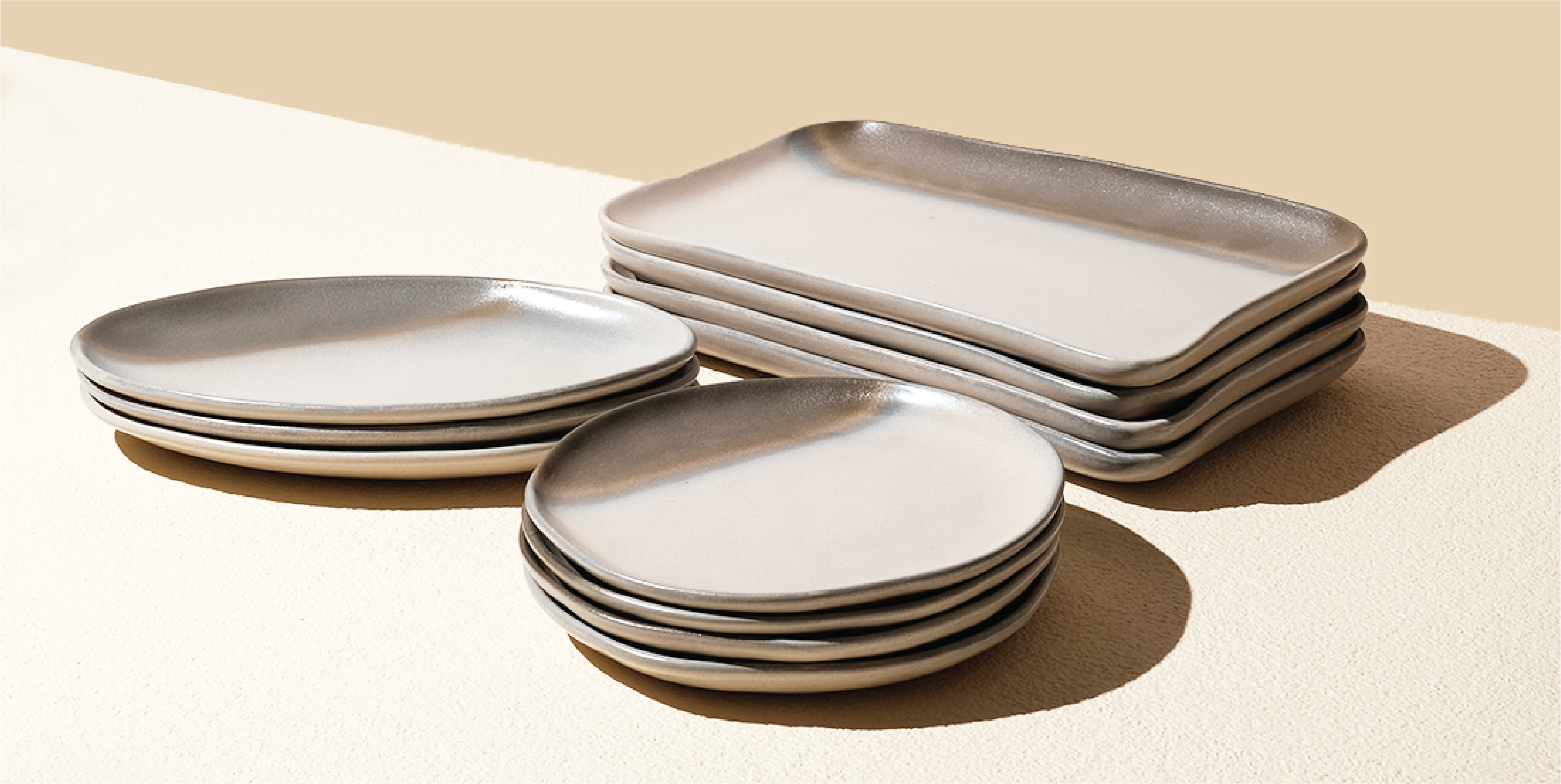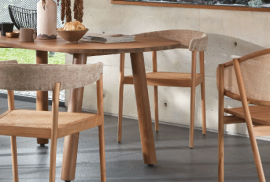Material Series: Teak Wood

Introducing Teak Wood
Teak wood is a dense, close-grained type of hardwood that is sourced from the Tectona grandis tree, native to south and southeast Asia. Teak is originally golden in colour and has a smooth grain and texture. With its superb stability, good strenght properties, easy workability-and most of all, its out-standing resistance to decay and rot-it’s no wonder that Teak ranks among the most desired lumbers in the world.
Teak comes from the teak tree, or Tectona grandis. Tectona grandis is a tall. decidous tree found in south and southeast Asia. Growing up to 50 meters and living for 100 years!
Is Teak Wood Sustainable?
The life-cycle stages of teak wood
1. Growing of Teak Wood
in their native forests, teak trees grow sustainably because of carbo sequestration and carbo storage in the tree and its rooting system.
However, illegal or ill-managed logging practices can cause much damage to tropical teak forest and their biodiver-sity. Growing teak trees in plantations might have a lower eco-cost, especially when agroforestry practices are applied.
2. Manufacturing of Teak Wood
Turning teak wood into furniture can have a relatively low carbon footprint when wood waste is utilized to make by-products or biomass pallets to offset the carbon emissions during harvesting and processing.
3. Transporting of Teak Wood
Transporting teak timber and furniture has a high carbon footprint, especially when furniture is sold in the US and Europe, far away from native teak forests.
However, the actual emission during the transporting stage depends on the type of vehicle used, the fuel they need, and the distance the wood travels.
4. Usage of Teak Wood
The usage of teak wood is sustainable because of products long lifespan. When it decays (either naturally in the forest or because of demage caused by usage), the carbon stored in the wood is released back to the atmosphere.
Read : 6 Reasons you’ll Love TISOO Paper
5. End-of-life of Teak Wood
The end-of-life teak wood is sustainable as the product can be upcycled or recycled for biomass energy.
Wood products (in general) can alson be upcycled and reused, extending their role as carbon storage and reducing the fossil CO2 emitted as much as 4x when comparing recovered hardwood flooring with a new one.






